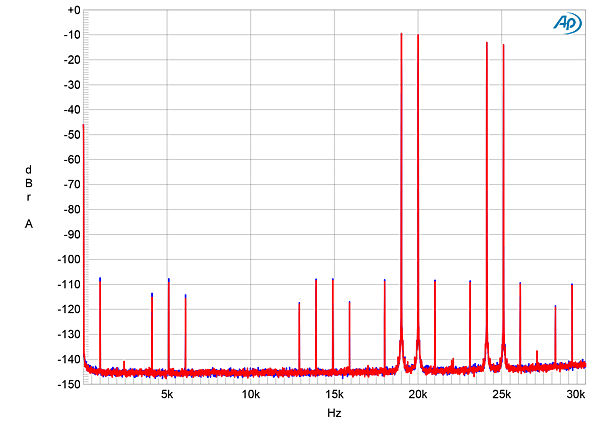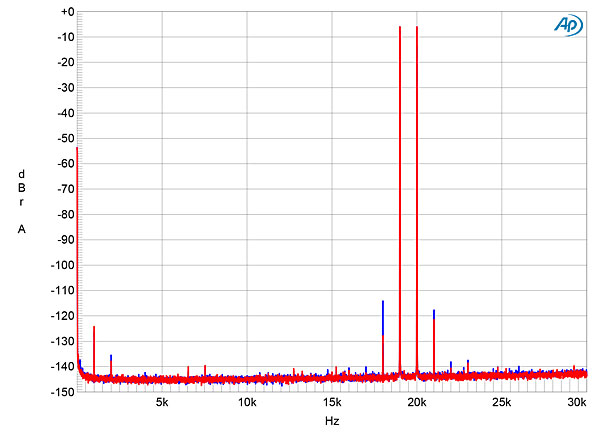a bunch of ultrasonic garbage that is not removed.
But is there REALLY? And not just for NOS, I've long wondering what would happen if you did not have an output filter at all since it causes problems. Yeah in
theory all this aliasing of images blah blah blah. However that supposes there is significant ultrasonic content coming into the A/D in the first place, which I seriously question how much of that there is in the recording space, and further question how much of what there is actually makes it through the microphones. I've never seen any serious investigation of this. Maybe that's a good thread topic; some members might be set up to measure that?
(I exclude discussion of recordings of stressed plants...
https://www.sciencedirect.com/science/article/pii/S0092867423002623
audible high frequency roll off
Yes, I recall the Luxman "Fluency" car unit as -1 dB at 15 kHz, and -3 dB at 20 kHz.
- I would posit few people would hear that rolloff* with actual music. Hmm I'm not set up to do it but it almost begs for a thread of test files...
Nevertheless people conditioned to ±0.000000000000123 dB flatness were freaking out. Ironically, now that I think about it, many of them the same people shoving compression driver horns into cars with umpteen 18" pro woofers, who probably couldn't hear 12 kHz out of a flute next to their ear anyway!

*if implemented with a lowpass in a "regular" system; never mind the changing nature of at least the Wadia's response. I don't recall anyone ever discussing the Luxman changing frequency response on a sample-to-sample basis but maybe it just never came up.
NOS is a technique to extract hard earned money from audiophiles.
Like anything else in this audio world, surely sometimes. Not originally; the "Fluency" guys (who I "met" in a meeting with a lot of translation going on but no sake sad to say) seemed genuinely concerned about improving time domain behavior. I see it simply as a different approach, each with its own foibles. For instance, pre-ringing in more conventional DACs: supposedly inaubible, but is it? How would you know? And let us not forget, everyone has different hearing with differing sensitivities to various phenomena. Also let us not forget that 99.872% of audio comparison testing in unblind and hence unscientific.
I stumbled on this paywalled reference
https://www.sae.org/publications/technical-papers/content/940259/
and this interesting quasi-summary
https://samplerateconverter.com/educational/nos-dac


